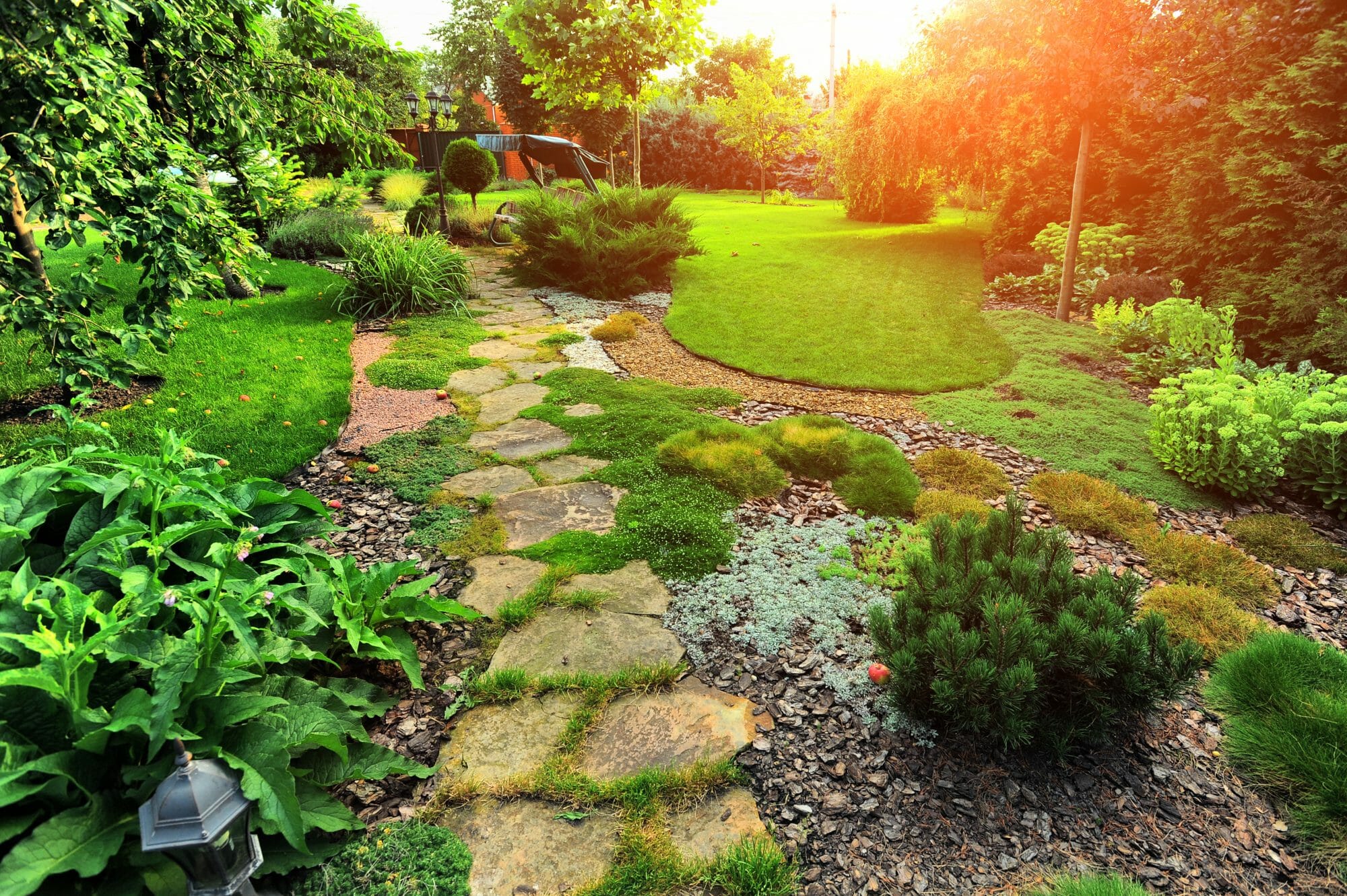Hilton Head Landscapes Fundamentals Explained
Hilton Head Landscapes Fundamentals Explained
Blog Article
Some Known Incorrect Statements About Hilton Head Landscapes
Table of ContentsHow Hilton Head Landscapes can Save You Time, Stress, and Money.Some Of Hilton Head LandscapesSome Known Details About Hilton Head Landscapes The Only Guide to Hilton Head LandscapesWhat Does Hilton Head Landscapes Mean?What Does Hilton Head Landscapes Mean?Hilton Head Landscapes Can Be Fun For Anyone
Line creates all forms and patterns and can be used in a variety of methods in the landscape. Line in the landscape is produced by the edge in between two materials, the rundown or silhouette of a form, or a long direct attribute. Lines are a powerful device for the developer since they can be utilized to produce an infinite variety of shapes and types, and they control activity of the eye and the body.

Lines in the landscape. The buildings of lines establish exactly how individuals react to the landscape, both emotionally and literally.
Not known Facts About Hilton Head Landscapes
Straight lines are frequently found in hardscape edges and material. Rounded lines create a casual, natural, unwinded character that is linked a lot more with nature and asymmetrical equilibrium. Curved lines move the eye at a slower pace and add enigma to the space by producing hidden sights. Upright lines relocate the eye up, making a space feel larger.
Upright lines in the landscape include tall, narrow plant product, such as trees, or high frameworks, such as an arbor or a bird home on a pole. Horizontal lines move the eye along the ground plane and can make a space really feel larger. Low lines are extra suppressed and develop a feeling of rest or repose.
Rumored Buzz on Hilton Head Landscapes
Lines are also created by the vertical forms of developed attributes and plant product. There are three key line types that produce form in the landscape: bedlines, hardscape lines, and plant lines.
Bedlines connect plant material to the house and hardscape due to the fact that the eye adheres to the line, moving the look via the landscape. Hardscape lines are produced by the side of the hardscape, which marks the constructed structure. Line can likewise be developed by lengthy and narrow products, such as a fence or wall.
How Hilton Head Landscapes can Save You Time, Stress, and Money.
Type is discovered in both hardscape and plants, and it is normally the leading aesthetic component that spatially arranges the landscape and frequently identifies the style of the yard. The type of structures, plant beds, and garden accessories also identifies the overall form theme of the yard. Official, geometric types include circles, squares, and polygons.
Plants create form in the yard through their describes or silhouettes, but form can likewise be defined by a void or negative room between plants - landscaping hilton head sc (https://worldcosplay.net/member/1787568). Circles can be complete circles, or they can be divided into half circles or circle segments and incorporated with lines to create arcs and tangents
Unknown Facts About Hilton Head Landscapes
Circles are a strong layout type since the eye is always drawn to the center, which can be used to emphasize a focal point or attach various other kinds. Circular forms in hardscape and lawn panels.
The square type can additionally be segmented and pre-owned consistently to produce a grid pattern. Unlike circles, squares are stronger on the brink, which can be aligned or overlapped to produce special patterns and more complex types. Polygons are many-sided forms with straight edges. Triangulars, for example, are three-sided polygons.
Twisting lines often simulate the all-natural program of rivers or streams and can be called smooth lines with deeply curved undulations. Twisting lines (Figure 3) work well for paths, plant bedlines, and completely dry stream beds. Twisting lines can include rate of interest and mystery to a yard by leading customers around edges to discover new views and areas.
Hilton Head Landscapes Things To Know Before You Buy

Usual plant kinds are well developed and standardized, as type is the most consistent and well-known attribute of plants. Type can additionally be produced via the massing of plants, where the overall mass creates a various type than a specific plant.
An extremely different other type must be used with careone or more job well as a focal point, but way too many develop turmoil. Natural plant kinds, as opposed to over-trimmed forms, need to develop the mass of the composition. The importance of overall type is basically depending on the seeing perspectivethe form of a tree can appear fairly different to a person standing under the cover versus watching the tree from a distance in an open area.
Excitement About Hilton Head Landscapes
Plant kinds also produce and specify deep space or open rooms between the plants, developing either convex or scooped kinds in deep spaces. High-arching tree branches generally create a concave open area under the branches, and a round canopy with low branches fills up the area to produce a convex type outdoors area under the tree.

Report this page